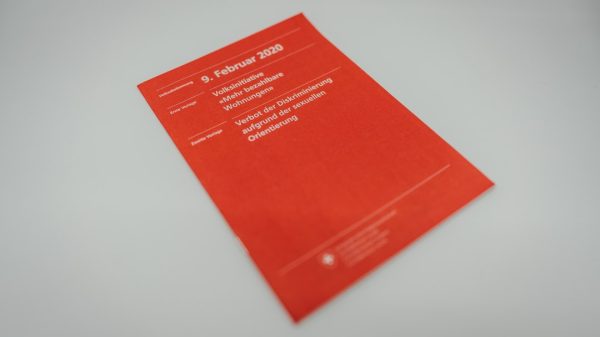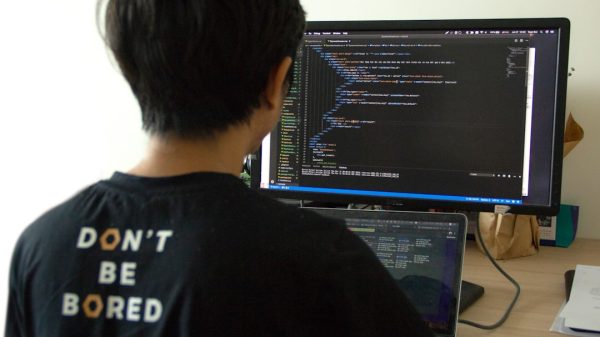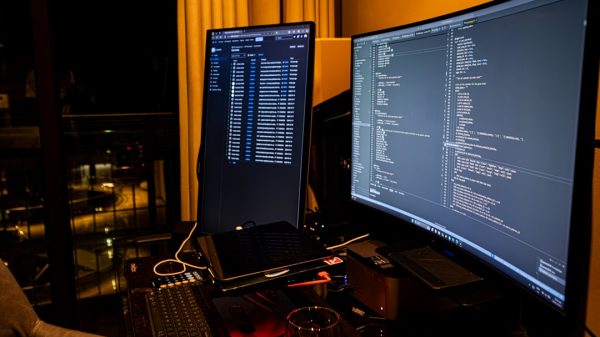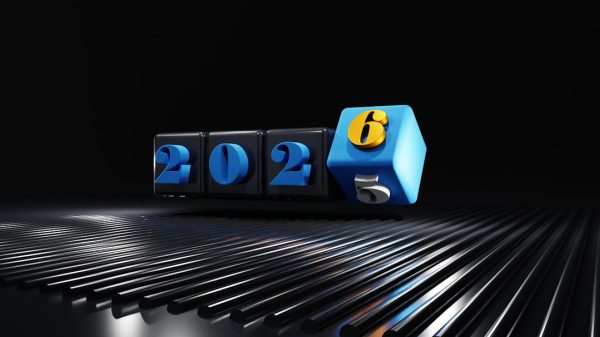In recent years, artificial intelligence (AI) has advanced far beyond natural language processing. One of the most impressive developments is the integration of visual understanding into AI platforms such as ChatGPT. While originally designed to process and generate human-like text, ChatGPT has evolved to analyze and interpret images, making it a multimodal tool for a wide range of use cases. With the addition of image processing capabilities, ChatGPT can now understand visual content and combine it with its language comprehension in powerful ways, enhancing productivity, creativity, and information accessibility.
What Is Visual Processing in ChatGPT?
Visual processing in ChatGPT refers to its ability to analyze, describe, and reason about images supplied by users. Powered by the GPT-4 architecture, specifically the multimodal variant known as GPT-4 with vision, ChatGPT can take in image inputs and provide text-based outputs in response to the visual content.
This means that users can now upload images and ask questions like:
- “What’s in this picture?”
- “Describe the chart and trends you see.”
- “How can I fix this broken appliance in the image?”
The model will analyze the image, interpret the patterns, identify objects, and derive insights using its training on vast amounts of image-text data pairs.
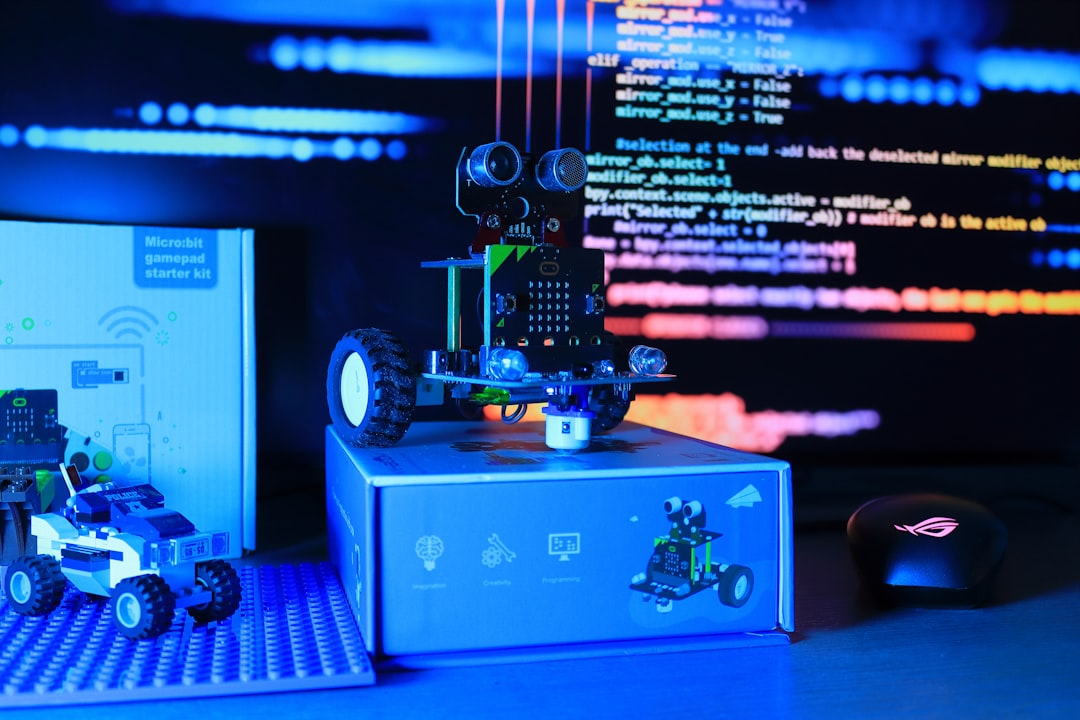
How ChatGPT Processes Images
At its core, ChatGPT handles images using deep learning, particularly techniques rooted in convolutional neural networks (CNNs) and the transformer architecture. The system is trained on millions of images paired with descriptive text, similar to how it learns language by reading vast troves of text data.
Here’s a simplified breakdown of how the processing works:
- Image Input: The user uploads an image through the ChatGPT interface.
- Image Encoding: The image is encoded into smaller pieces or pixels, capturing key features like edges, color patterns, and textures.
- Feature Extraction: CNNs identify and extract high-value visual features (shapes, contours, objects).
- Multimodal Integration: These visual features are transformed into tokens that can be processed in tandem with text-based inputs using a unified transformer model.
- Response Generation: Based on the visual and text input, ChatGPT generates a response using language generation techniques.
The result is a robust understanding of the image that is contextual, descriptive, and often insightful.
Real-World Use Cases
With its ability to process images, ChatGPT opens up entirely new avenues across industries and personal use. Here are some compelling scenarios:
- Educational Support: Students can upload diagrams or charts, and ChatGPT can help explain complex visuals step-by-step.
- Data Analysis: Professionals can share screenshots of graphs, dashboards, or datasets for rapid interpretation and summarization.
- Design Feedback: Graphic designers can get critiques on UI/UX concepts or identify visual inconsistencies in mockups.
- Technical Troubleshooting: Users can share pictures of code errors on screens, machinery hardware, or configurations, asking for possible fixes.
- Accessibility Enhancements: Visually impaired users can rely on ChatGPT to describe images, scenes, or even content in infographics.
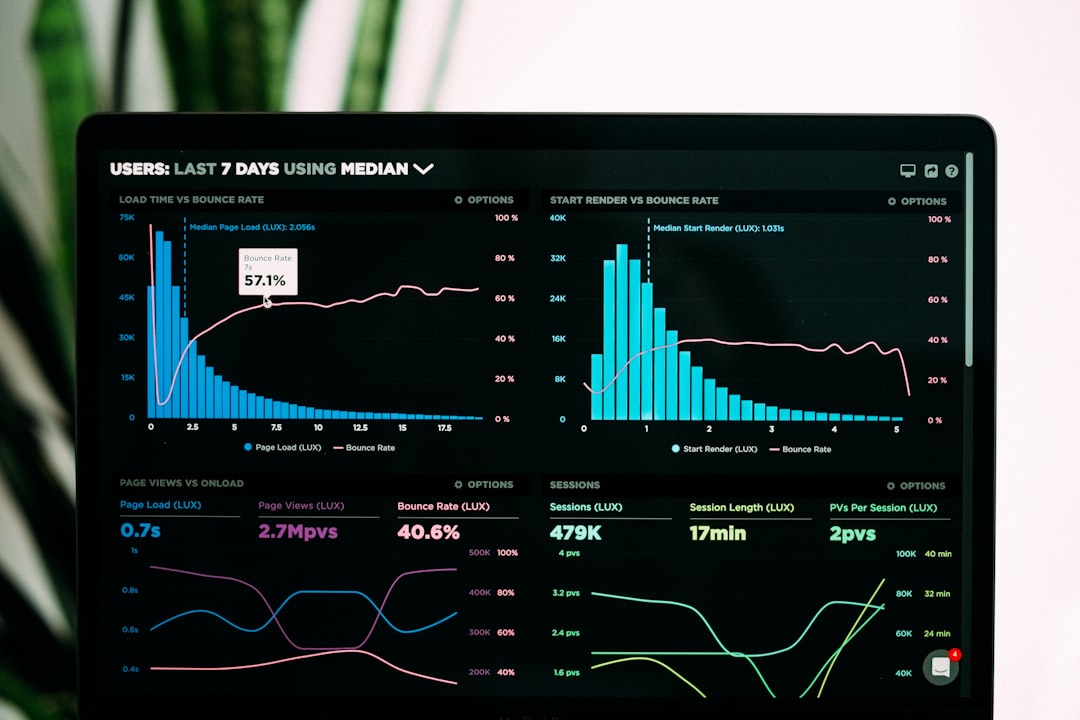
Limitations of ChatGPT’s Visual Abilities
While ChatGPT’s visual capabilities are impressive, they aren’t perfect. It’s important to be aware of several limitations when using image analysis features:
- No Real-Time Understanding: ChatGPT doesn’t continuously “view” the image; it processes it once per prompt.
- Complex Visual Tasks: Tasks that require high-resolution detail, such as reading text from blurry images or identifying fine print, may yield inaccurate interpretations.
- Scene Context: The model occasionally misinterprets the relationships between objects in complex images.
- No Live Camera Feed: Currently, uploads must be still images. Real-time video streams or live analysis isn’t supported.
Despite these shortcomings, continued improvement in AI vision models means that these gaps are expected to narrow over time, making the technology even more versatile and accurate.
Is ChatGPT Better Than Other Image Analysis Tools?
Compared to standalone computer vision services, ChatGPT offers a unique advantage: it can combine language and image understanding in one session. For example, other tools might identify objects in an image, but ChatGPT can describe them in rich detail, relate them to topics in a conversation, and perform reasoning around them. This makes it particularly powerful in educational and creative contexts.
However, traditional image recognition tools often have an edge in highly specialized tasks such as facial recognition, medical image scanning, or industrial-grade inspections, depending on the setting. ChatGPT is designed to be a generalist assistant rather than a specialist visual analyzer.
Privacy and Security Considerations
When uploading images to ChatGPT, users should be cautious about sharing sensitive or personal content. OpenAI has emphasized ethical usage and has integrated privacy protections, but users should still:
- Refrain from sharing personal documents, IDs, or financial information.
- Avoid using the tool for analyzing private photos involving others without consent.
- Clear history or downloads related to confidential tasks after ending a session.
OpenAI aggregates and reviews some prompts for model improvement within strict privacy policies, but it’s up to users to exercise commonsense discretion during use.
The Future of Visual-AI Integration
The future for multimodal AI tools like ChatGPT is promising and already shaping up to include:
- Better Rendering Capabilities: Generating images based on textual input and vice versa.
- Augmented Reality Integration: AI tools that can process and interpret live visuals through AR devices.
- Interactive Image Chat: Conversational exploration of images, allowing real-time Q&A over uploaded visuals.
As this technology continues to develop, ChatGPT’s visual processing power will become a key enabler of communication and creativity in both personal and professional spheres.
FAQs
- Can ChatGPT recognize faces in images?
- No, ChatGPT is not trained or permitted to perform facial recognition due to privacy and ethical considerations.
- What file types can I upload for image analysis?
- You can upload commonly used image formats such as JPEG, PNG, and GIF (still frames only).
- Does it work with charts and graphs?
- Yes. ChatGPT can often summarize data, interpret trends, and answer questions about bar charts, line graphs, and pie charts.
- Is there a limit to image size or resolution?
- Very large or high-resolution images may be compressed or scaled down to optimize model performance and reduce processing time.
- Can ChatGPT describe what someone is wearing in a photo?
- It can describe visible clothing styles, colors, and accessories, but it won’t identify individuals or make subjective judgments.
- Is this feature available to all users?
- As of now, image input features are available to paying ChatGPT Plus users using GPT-4 with vision capabilities.










